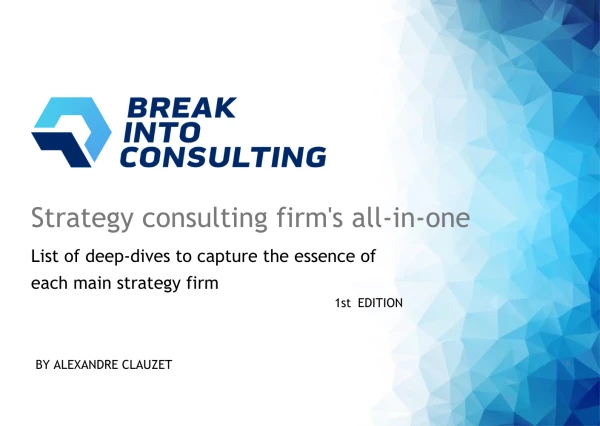Hi,
I was just wondering if I understood the concept of margins on a company level and on a segment level correctly and it would be nice if you could tell me if my understanding is correct or if I made a mistake somewhere:
For the net profit margin of a specific product (segment) I would make this calculation:
(Revenue Product A - Variable Costs Product A - Fixed Costs directly associated with the production of this product (here is where I am not quite sure?)) / Revenue Product A
And for the whole company I would just calculate the overall revenue and substract all costs and divide this by revenues.
2 things I am not 100% sure about:
1) Do I substract fixed costs like wages for employees and deprecitation of machines (assuming they are specifically used for the production of product A) to calculate the profit margin for a product?
2) What about overhead costs like rent which is not directly associated with a specific product if I produce more than one product. I assume that I have to substract them for the overall company profit, but do I have to incorporate them on a product level as well?
EDIT: What about things like CEO salaries? I would assume they can be irgnored on a product level but have to be substracted on a company profit margin level


















